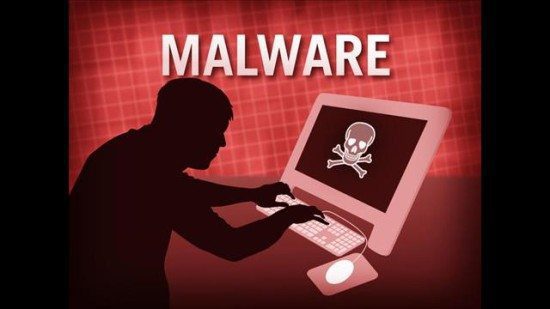A new variant of KillDisk malware linked to the infamous Black Energy group encrypts Linux machines and demands a huge ransom, but is not capable of decryption.
The new variant of KillDisk encrypts Linux machines, making them unbootable with data permanently lost. Despite the fact that the malware’s design doesn’t allow for the recovery of encrypted files, as encryption keys are neither stored nor sent anywhere, the criminals behind KillDisk demand 250,000 USD in Bitcoins. Fortunately, ESET researchers found a weakness in the encryption employed which makes recovery possible, albeit difficult.
“KillDisk serves as another example of why paying ransom should not be considered an option. When dealing with criminals, there’s no guarantee of getting your data back – in this case, the criminals clearly never intended to deliver on their promises. The only safe way of dealing with ransomware is prevention. Education, keeping systems updated and fully patched, using a reputable security solution, keeping backups and testing the ability to restore – these are the components of true insurance,” says Robert Lipovský, ESET Senior Researcher.
KillDisk is a destructive malware that gained notoriety as a component of the successful attack performed by the BlackEnergy group against the Ukrainian power grid in December 2015. More recently, ESET researchers detected planned cyber-sabotage attacks against a number of different targets within Ukraine’s financial sector. Since then, KillDisk attack campaigns have continued, aimed at several targets in the maritime transport sector.
The attack toolset has evolved and recent variants of KillDisk serve as file-encrypting ransomware. Initially targeting Windows systems, the version targeting Linux machines – not only affects Linux workstations but also servers, amplifying the damage potential.
Read the full story with the ransomware screenshots on ESET Ireland’s blog.
The opinions expressed in this post belongs to the individual contributors and do not necessarily reflect the views of Information Security Buzz.



